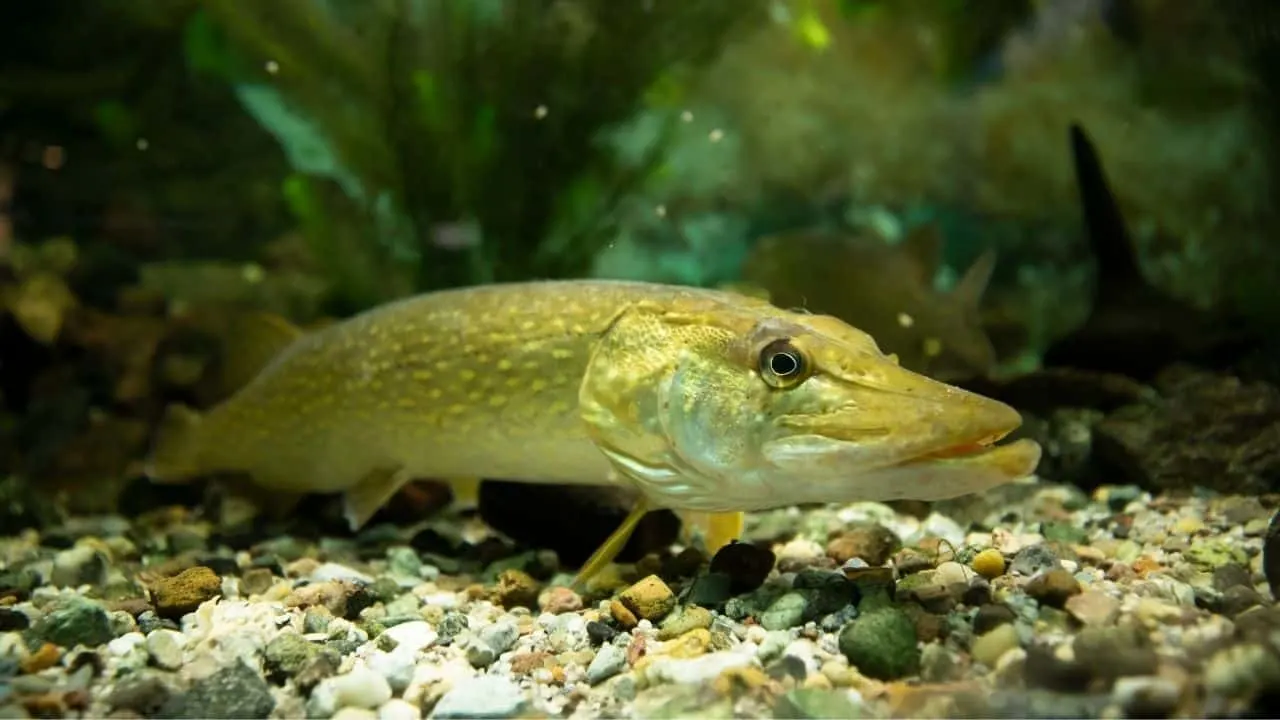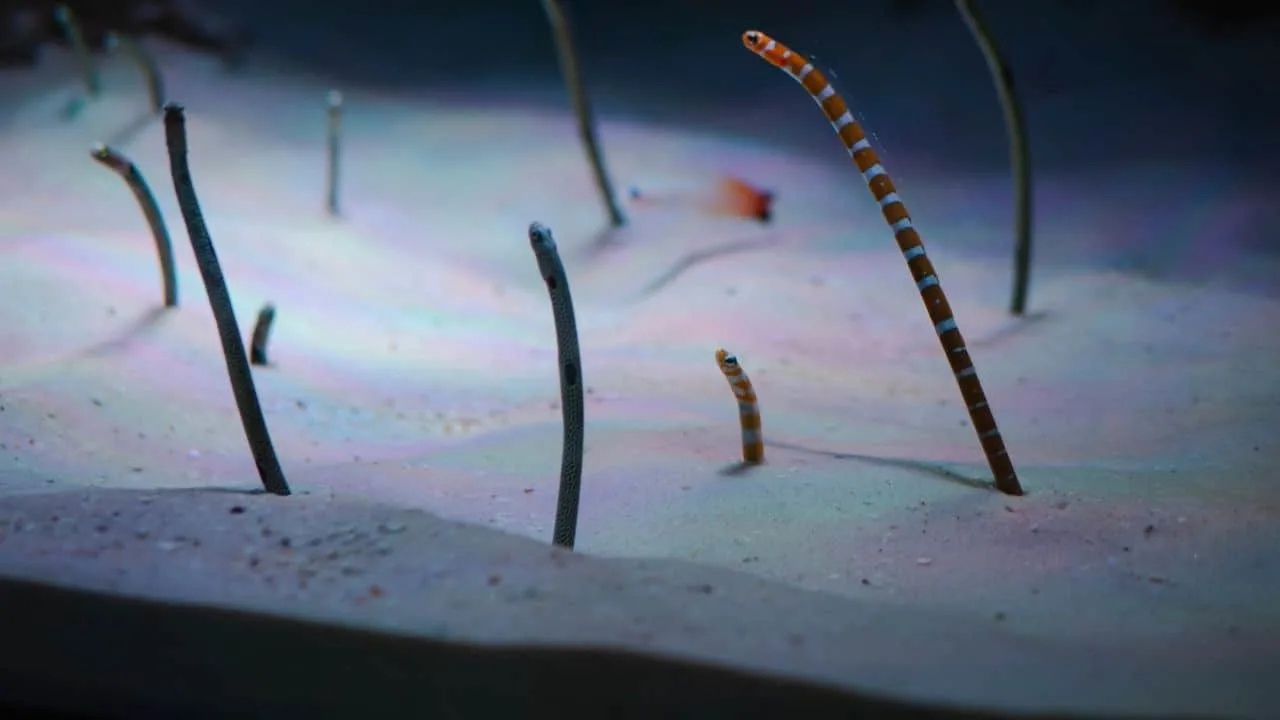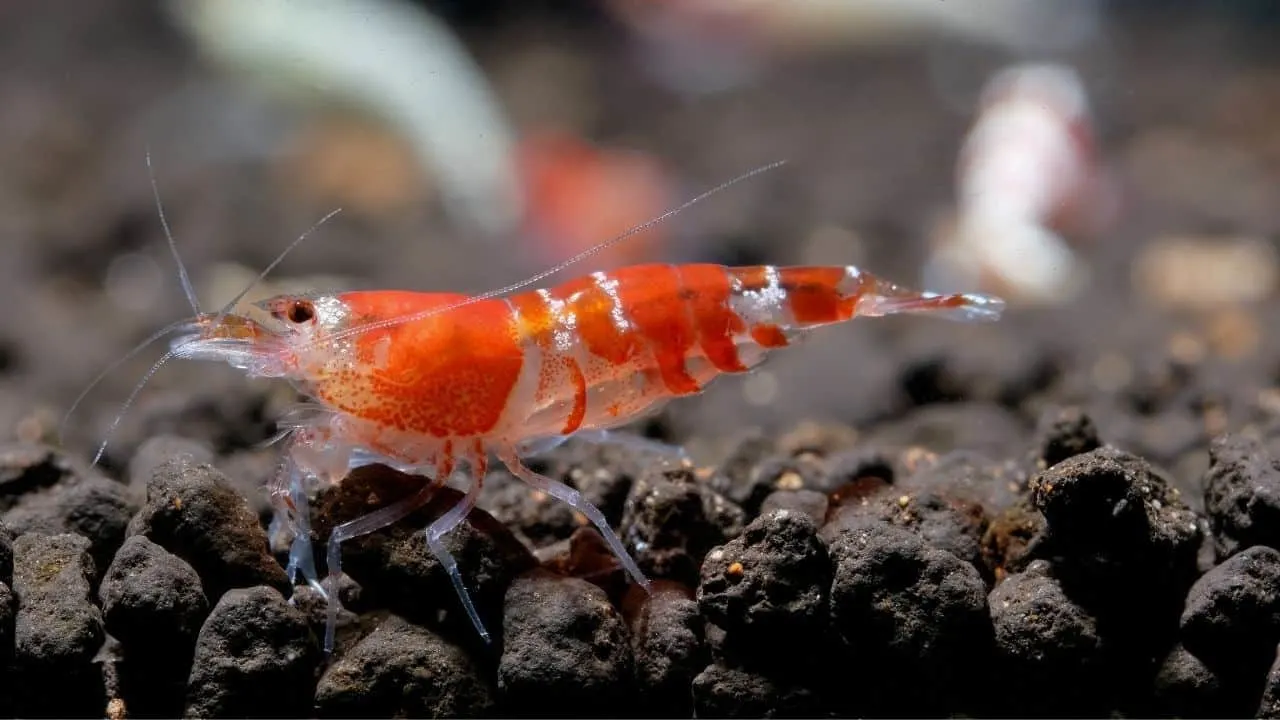Aquarium plants are of great benefits both visually and nutritionally. It helps in the saturation of the tank water with oxygen and converts the carbon dioxide into oxygen for fishes to breathe.
Since aquarium plants provide so much to the fishes in the tank, we must add the right amount and type of substrate to help the plants grow.
Let’s talk about some of the best substrates suitable for the aquarium plant.
Table of Contents
What Substrate to Use for Aquarium Plants?
Among the best substrates for the aquarium plant are gravel, sand, and soil. Vermiculate and Laterite are also among the substrates that help your aquarium plants thrive.
The Best Substrates For Aquarium Plants
Gravel Substrate

If the size of the particles of a substrate is 2 mm or more, it is termed as aquarium gravel. They are made from resin, clay, or even soil and can be gathered from nature or generated deliberately.
You’ll have to study the fine type to figure out what each item is composed of, as it’s not always obvious.
Gravel is the substrate of choice for many new aquarists since it is affordable and available in several forms.
Some aquarium enthusiasts want a more original look and select a gravel type that complements their aesthetic.
Others may prefer fake gravels in hues such as blue, green, pink, and others to add more color to their aquariums.
Sand

Sand is a lighter, softer variant of gravel. It’s composed of microscopic stone, coral, and other natural components.
Sand is a great substrate for bottom-feeding fish or fish with sensitive stomachs because the grains are small and light can pass through.
In comparison to other substrates, tiny granules feel significantly softer. Though there isn’t as much variation as gravel, there is still an extensive range of colors and textures to pick from.
Light brown, white, and black are common colors.
Because sand is tiny, it compresses so closely that the residues from the aquarium remain on top of it. This makes cleaning a breeze. Just hover a pump over the dirt, and it’ll be gone.
Sand is light enough to be swallowed up into the pump with the trash, so be cautious when pumping to prevent eliminating too much sand from the tank.
After each water change, you may need to add some extra sand to cover any barren places.
Soil

The soil used in the aquarium is usually clay-based substrates full of nutrients helping the plant excel. It is considered an ideal substrate for the plants in the aquarium and vital for high-tech aquarium plants.
When plants that nourish primarily via their bases are placed in aquarium soil, they will grow. Unlike the other substrates, the soil has little diversity and is typically only available in a few types and hues.
Because the particles are often big enough to permit water to pass through them, they provide more contact areas for good bacteria to populate.
An effective substrate in a tank is aquarium soil. This indicates it has qualities that change the composition of the tank’s water.
The substrate reduces the pH of the water, usually maintaining it just below 7, and softens it.
This provides an excellent range of variables for most tropical fish and shrimp, allowing some enthusiasts to preserve delicate shrimp breeds.
Vermiculite

Vermiculite is an aluminum, iron, and magnesium granular combination. Vermiculite is roasted after it is mined to remove moisture bubbles. As a result, its mass increases by 15–20 times its usual volume.
Vermiculite is clean, with a great water retention capacity, and a balanced pH, thanks to the heat treatment that reaches up to 1800 Fahrenheit (1000 Celsius).
Vermiculite has a strong cationic exchange activity, which is how plants use the nutrients that are accessible to them.
Vermiculite also distributes essential elements like potassium and magnesium gradually over time.
This material is perfect for use at the bottom level of a planted tank. It must be blended with Laterite or standard aquarium sand to retain the porous texture because it has the potential to compress with time.
Laterite

Laterite is a deteriorated clay that has been exposed to the sun for hundreds of years in subtropical and tropical locations.
It has a porous texture with high amounts of iron that contributes to strong cationic exchange rates.
Laterite, for example, draws nutrition and stores them till the plants can use these by their root systems.
It doesn’t quite discharge nutrients, but it can help plants retain them. In order to sterilize Laterite for aquarium usage, it is usually baked.
Out of all the Laterite types, cat litter’s the most affordable. However, use this cautiously because most cat litters include fragrances and sticking chemicals.
Things to Consider When Selecting an Aquarium Substrate
Cost And Quantity
Planting tank substrates can be substantially more costly per kilogram than aquarium gravels and sand.
When filling a fish tank, you’ll use roughly a kilogram of substrate per liter of water, but with planted aquariums, you’ll likely use a lot extra.
For your rooted plants, you’ll need at least 2 to 3 inches of decent substrate. You can add much more if you would like to give the effect of hills or valleys in your aquarium.
Because fine goods like reinforced sands and soils compress considerably, you’ll need to use roughly double the quantity.
Size of the Grain
Your root feeders would not be capable of feeding off the substrate if the grain size is too large. If it’s too little, it’ll compress the substrate, suffocating the roots.
This also causes root rot in the plants.
Fish and invertebrates in your tank will move too quickly if the substrate is too smooth.
Grain size should be in the spectrum of 1-3 mm, with 2 mm being a perfect size.
Frequently Asked Questions about the Best Substrate for Aquarium Plants
What type of aquarium substrate is cheap?
Gravel and sand are among the cheapest substrates that you can add to your aquarium for the excellent growth of plants. They are readily available in every nursery and fish store.
Should I follow a schedule when changing the substrate of my aquarium?
Gravel substrate doesn’t really need any replacement and can stay in the aquarium as long as you provide it in the right conditions. Other substrates might have to be replaced after 2 to 3 years, depending on the type you are using.

Daniel has been a plant enthusiast for over 20 years. He owns hundreds of houseplants and prepares for the chili growing seasons yearly with great anticipation. His favorite plants are plant species in the Araceae family, such as Monstera, Philodendron, and Anthurium. He also loves gardening and is growing hot peppers, tomatoes, and many more vegetables.


